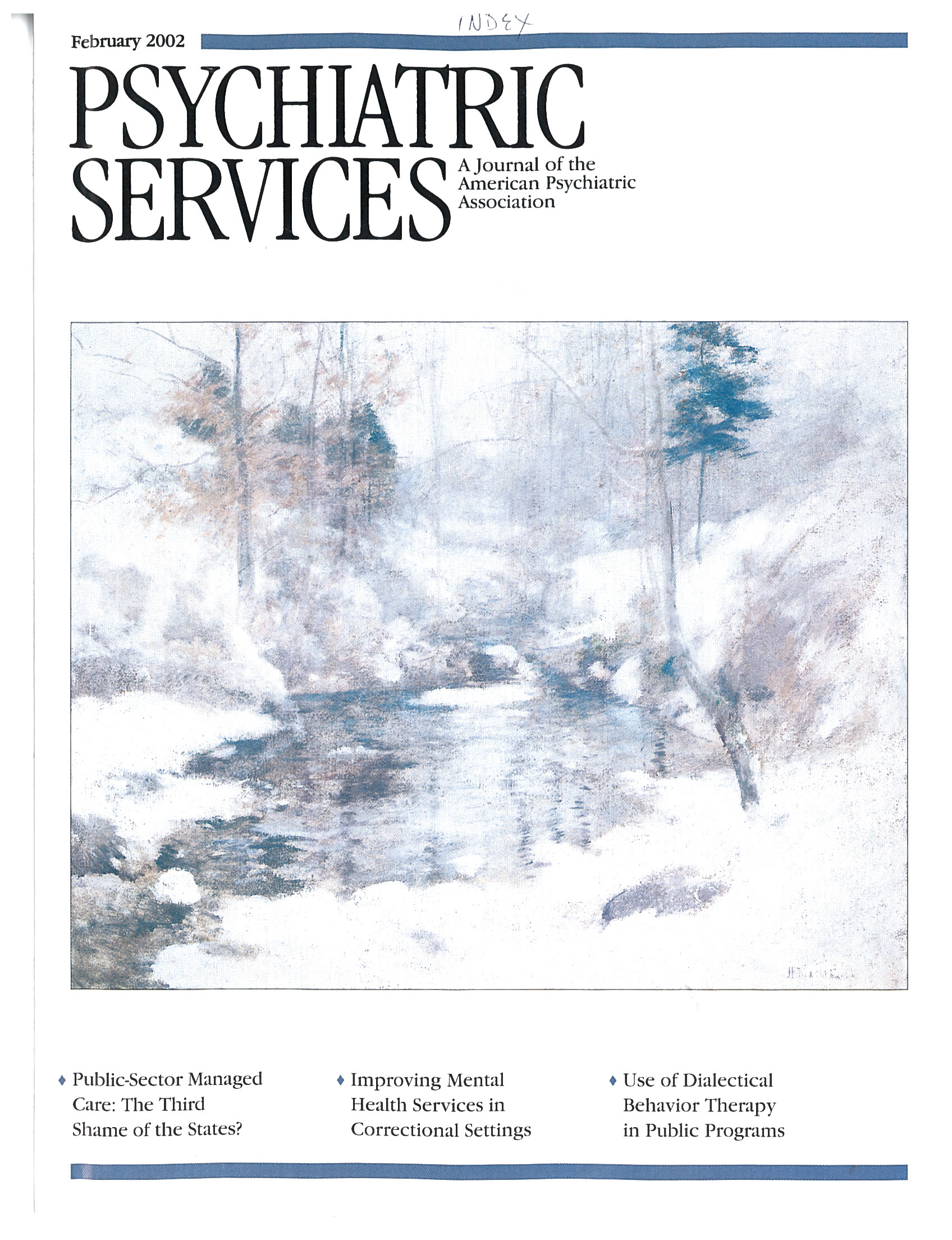That mental health professionals are not immune to the problems they help others overcome is at once widely known and rarely discussed, unless in demeaning terms or tasteless jokes. In No Good-Byes, Elaine Kagan attempts through fiction to create a more realistic portrait of the inner life of a psychologist.
The novel's main character, Eleanor Costello, is a practicing psychologist who carries on professionally after her personal life is shattered by the death of her husband and the estrangement of her daughter, Caroline. As the book opens, Dr. Costello is in session with Chassi Jennings, a Hollywood movie star who is subject to dizzy spells on the set of the remake of No Trumpets, No Drums. Chassi is playing the role for which her mother won accolades just a year before her tragic death—she was hit by a car while on vacation in Italy with Chassi, then 12 years old—and her father is again the film's producer. As Chassi is now Caroline's age, her longing and guilt over the loss of her mother are grist for the mill, not just as the rather simplistic source of her own dizzy spells but also as the crucible of Costello's reciprocal pain.
With all these complex relationships, the stage is set for insight into the psychological process. The mother-daughter relationship is a compelling topic for both women, and to pack concepts such as transference and countertransference into a novel is no small feat.
Although the novel succeeds in capturing the therapist's growing realization of her own failings as a mom, the descriptions of the psychotherapy process seem artificial and trite. The psychotherapy is stereotypically Freudian. Costello sits unseen behind her desk, and her patient is on the couch. Her therapeutic interventions consist mostly of prompting "Go on" when Chassi pauses, or repeating the last relevant statements when Chassi's focus drifts.
Then, as Chassi stirs up the therapist's latent maternal instincts, Costello finds herself talking about her youthful role as a Vietnam War protester, and Chassi reflects that the therapist must be the same age as her mother. So far, so good; transference and countertransference in the making—and yet, to my ear, it is here that the novel feels flat. After the break with Freud comes this description of the seasoned therapist's reaction: "Okay. The truth was, she had to watch herself, she had to be careful not to make a transference, a substitution, a switch. She'd lost her place and she wouldn't do it again, she wouldn't let herself. Talking to Chassi as if she were a daughter, she wouldn't do it again." The discussion is accurate enough, but far too superficial to ring true.
For the pleasure reader, the book is engaging, and the sometimes elaborate weaving together of the characters is pulled off flawlessly. As Kagan herself is an actress, her depiction of the Hollywood scene is very likely on target. Still, for the mental health professional No Good-Byes remains something of a disappointment. My own feelings included an appreciation that the psychologist was presented as a competent professional complete with her own personal troubles, and a wish that the book could have gone just one step deeper into that reality.

